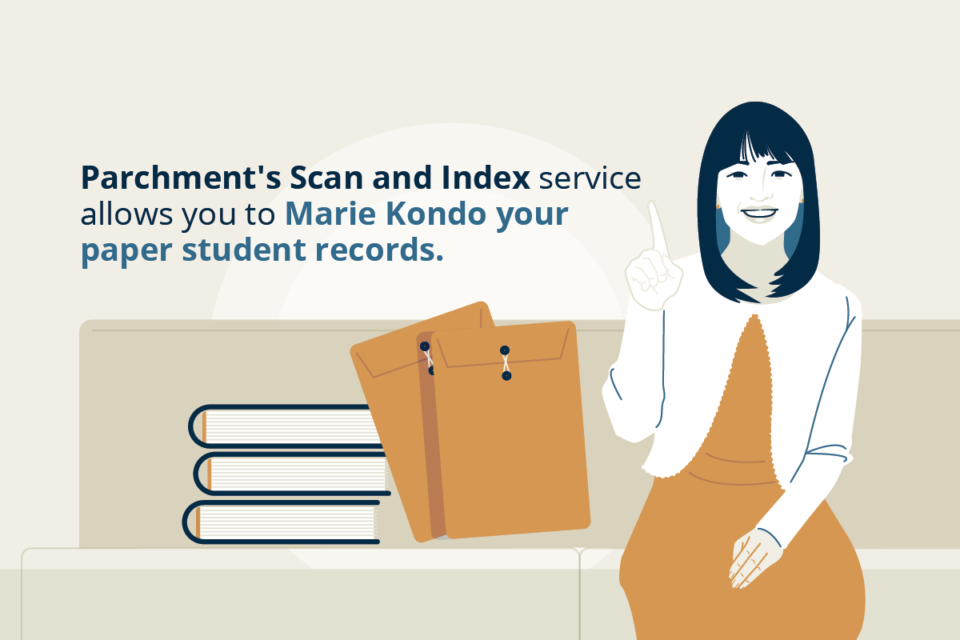
Higher Ed
Collaboration for Completion: Expanding Access With Course Sharing Infographic
Course availability is a barrier to on-time graduation. Learn how course sharing helps learners stay on track and simplifies processes for institutions.
We use cookies to help you navigate efficiently and perform certain functions. You will find detailed information about all cookies under each consent category below.
The cookies that are categorized as "Necessary" are stored on your browser as they are essential for enabling the basic functionalities of the site. ...
Necessary cookies are required to enable the basic features of this site, such as providing secure log-in or adjusting your consent preferences. These cookies do not store any personally identifiable data.
Functional cookies help perform certain functionalities like sharing the content of the website on social media platforms, collecting feedback, and other third-party features.
Analytical cookies are used to understand how visitors interact with the website. These cookies help provide information on metrics such as the number of visitors, bounce rate, traffic source, etc.
Performance cookies are used to understand and analyze the key performance indexes of the website which helps in delivering a better user experience for the visitors.
Advertisement cookies are used to provide visitors with customized advertisements based on the pages you visited previously and to analyze the effectiveness of the ad campaigns.
Other cookies are those that are being identified and have not been classified into any category as yet.

When your storage room has legacy paper record piles taller than you, efficient and organized storage practices can become a bit of a challenge. The struggle is real, especially considering the ways you store your records can largely influence legal compliance and operational efficiency.
Follow these best practices to strengthen your student record storage habits:
Your state education agency likely has guidelines for student record retention, including how long you need to keep them around before you can securely remove them from your safekeeping. If you’re past the period of time required to retain copies of student records, feel free to go Marie Kondo on those documents.
More than alleviating storage space, EdTech noted that getting rid of old records is important for maintaining student privacy and softening the impact of a potential data breach. The article further suggested setting your own retention policies in addition to state guidelines, which will hold your team accountable for getting rid of unnecessary records. For instance, you may choose to keep transcripts on file on a permanent basis but remove disciplinary records seven years after graduation.
Of course, storing such identifying information requires a level of compliance with the laws that protect student privacy. You know the regulations we’re talking about: The Family Education Rights and Privacy Act, The Health Insurance Portability and Accountability Act and The Children’s Online Privacy Protection Act being some of the main. FERPA is the big one to make sure you and your team are up-to-date on. It’s not a bad idea to provide ongoing training for your employees, ensuring they understand their role in protecting student data.
EdTech also advised granting employees the minimum level of access necessary to complete their tasks as a precautionary measure. The fewer people who have access to sensitive student data, the more secure it remains.
Make sure you have monitoring and reporting processes in place to ensure your storage practices are secure and efficient. This includes tracking user activity to remove inactive users, revisiting and updating security protocols, looking out for malicious computer malware and alerting the right personnel of any potential threats or concerns.
Digitizing your legacy records can eliminate the key stressors that keep you up at night. We’re talking about the monstrous amount of physical storage space needed to house stacks of records and the subsequent hassle of sifting through paper documents when requests come in. Plus, one bad storm and thousands of paper records could be lost in seconds.
While the benefits are clear, digitizing student records is no easy task. Don’t hesitate to call in the reinforcements. Parchment’s Scan & Index service, for instance, can turn paper student records into secure PDF documents indexed by key data points, such as date of birth, student identification number, last four digits of social security number and graduation year. Simply ship the files to us and our FERPA-trained staff will handle the rest. After scanning your records down to zero physical storage, we provide an index file of PDF documents organized for your use. We can also take those records and help you create district-wide record processing where digitized alumni records are housed in your district account where you can limit access to specific administrators.
If you’re ready to go digital, schedule a demo of Scan & Index to learn more.
